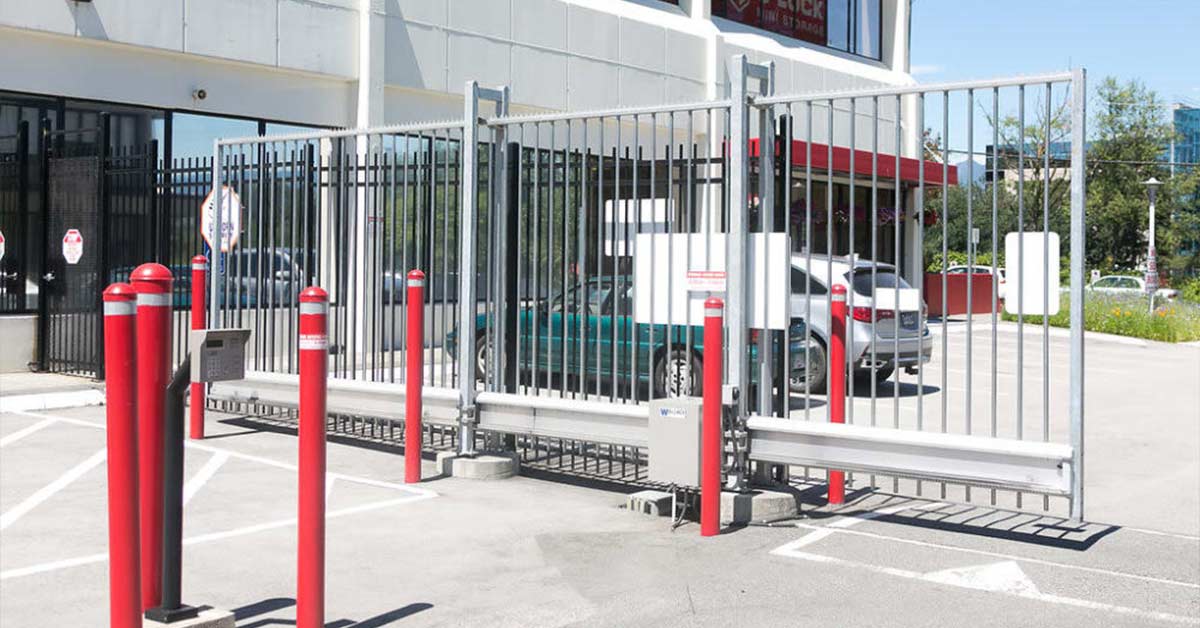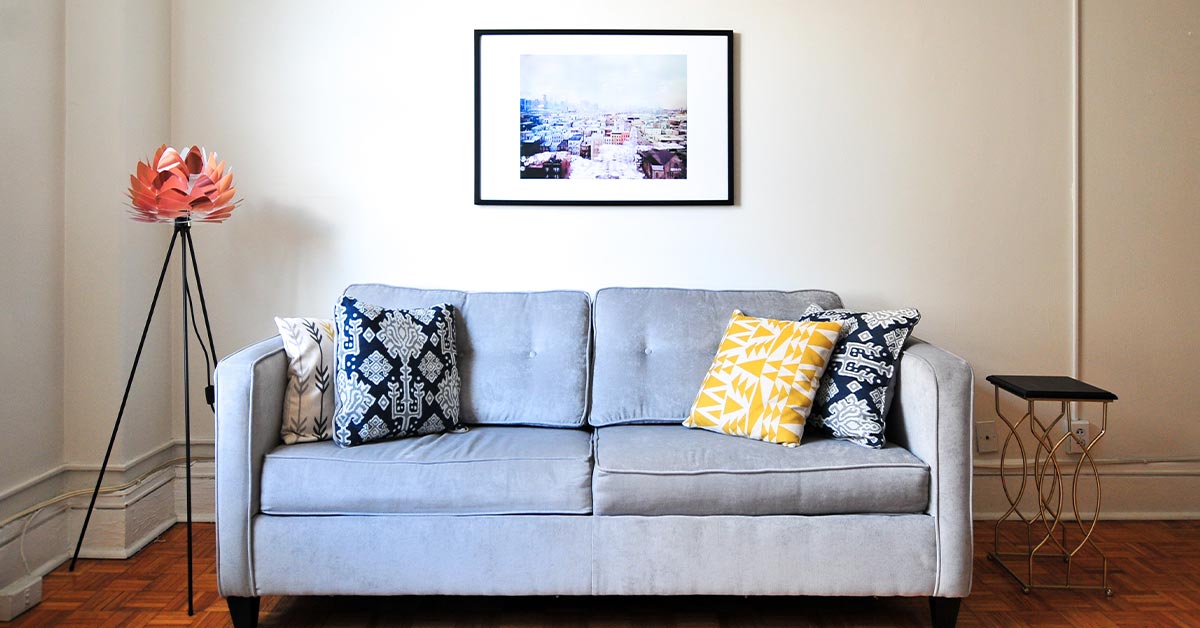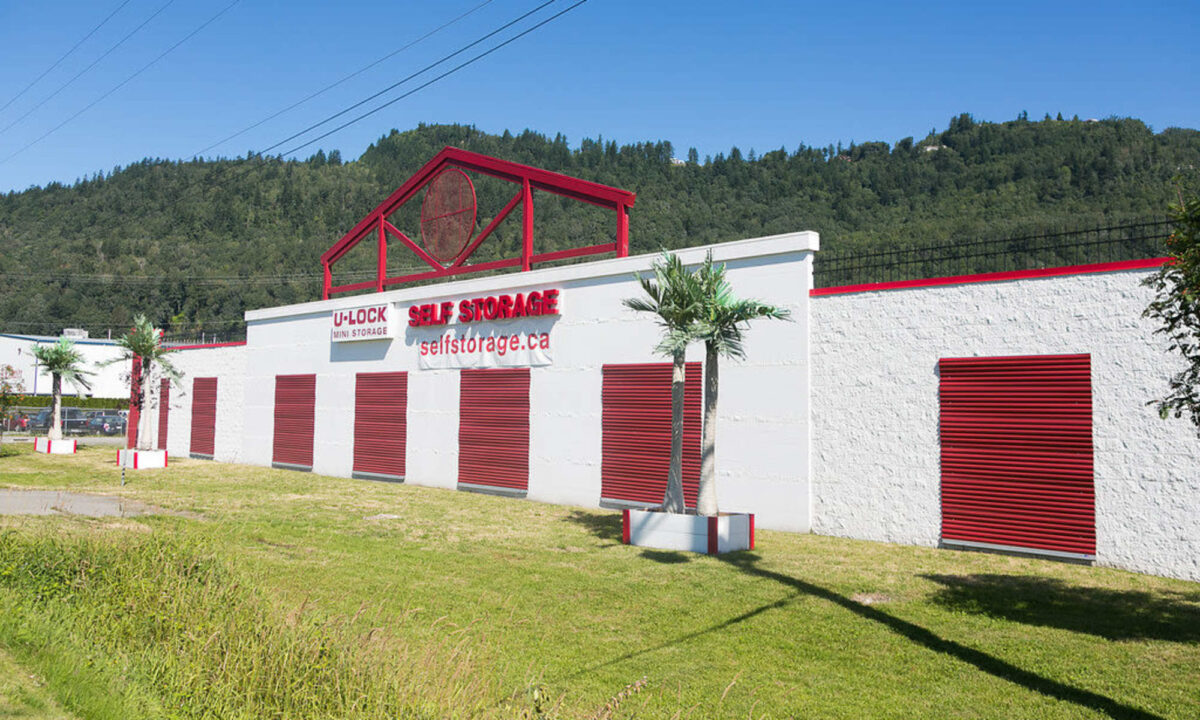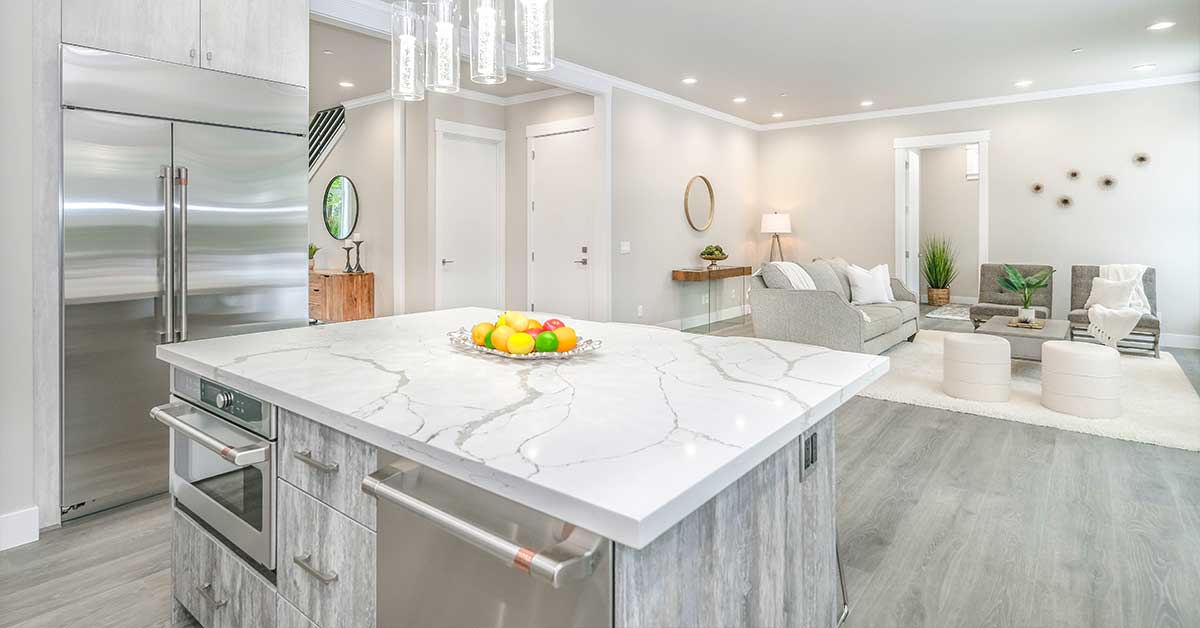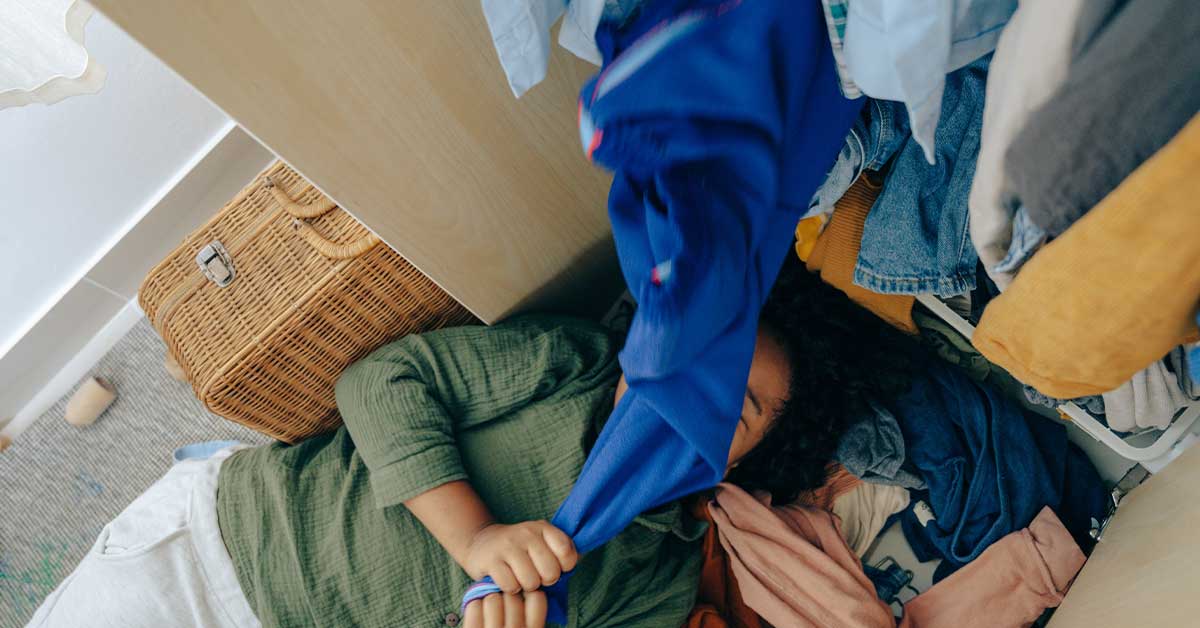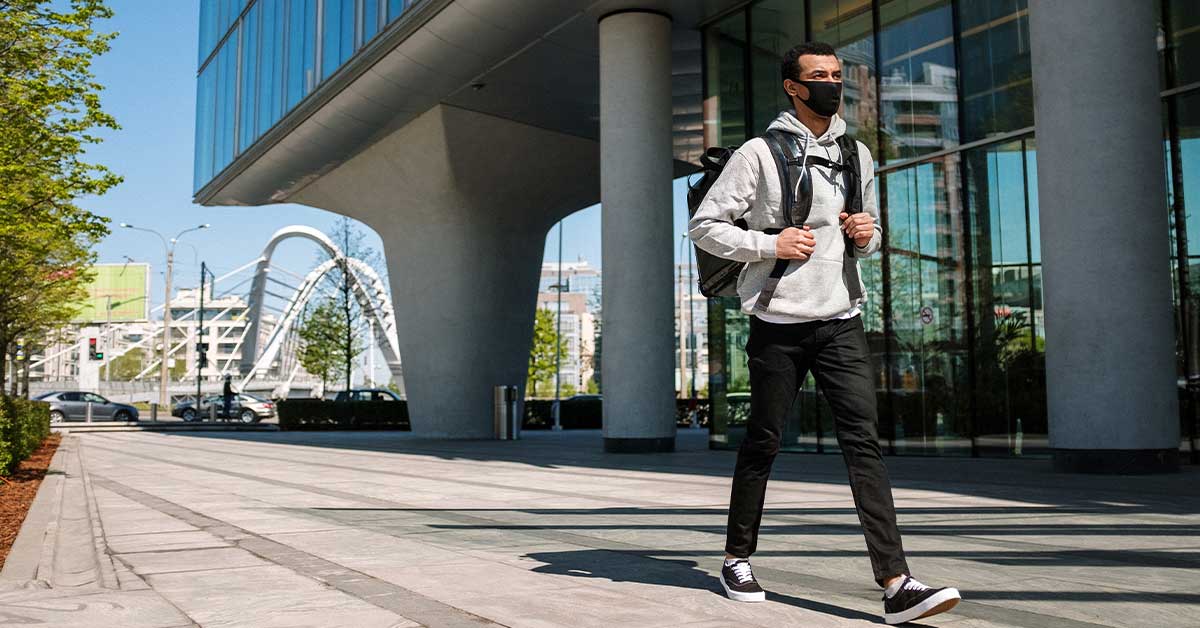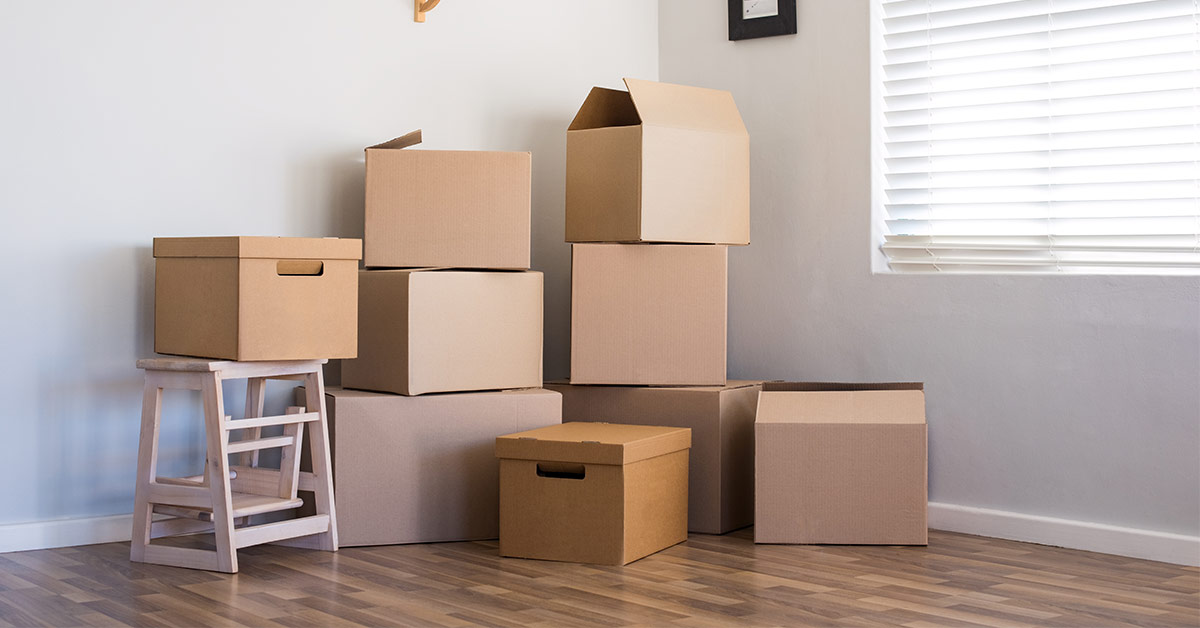There are different reasons why you would need a long term storage unit to store your belongings. You could be moving abroad or you might need extra space to store seasonal items around your home, such as skis or bicycles. You may also need extra space for larger items such as your car, boat or RV.
Whatever your reason is, choosing to rent a storage unit to safely store and protect your belongings is a good decision. To help you select a store unit that best suits your needs, we have listed six factors to consider and evaluate before renting a storage unit.
The Amount and Types of Items You Want to Store
What items are you planning to store? How many items do you want to store in a storage unit? Answering these questions is critical in selecting a storage unit that fits your needs.
If you only have a few small items to store, you can go with a more compact storage unit size such as the 5 x 5 feet which is approximately the same size as a regular closet. This storage unit size is suitable for holding items such as personal items, clothes, boxes, skis, children’s toys, small furniture items, business records and sales rep materials. If you are looking for something bigger, go with the 5 x 15 feet, which is equivalent to a large closet. This storage unit holds items such as small amounts of furniture, sofas, chairs, chest of drawers, boxspring and mattress, business supplies and records, plus other small items and boxes.
Safety and Security Features
A storage facility should have robust security and safety measures in place to ensure the protection of your belongings. At U-Lock Mini Storage, all of our self-storage facilities are fully fenced and gated: both exceptional measures to prevent burglary or theft of any sort.
In addition to a fully fenced with gated facility, we have installed individual alarms for most of our storage facilities. The alarm is triggered when a burglar attempts to forcefully and illicitly enter a storage unit; our security and local law enforcement will be notified of the attempted break-in and attend the respective facility to remedy the issue. We have also installed 4-hour video recording with HD video to monitor and address any suspicious activities 24 hours a day and document all activities near our facilities with our HD video surveillance system.
This surveillance system further strengthens the security of our facilities and prevents malicious activities from occurring.
Monthly Payment Plan
Determine whether the storage facility requires annual payment or offers a flexible month-to-month payment option. We offer a month-to-month payment option with no long term contract so you are not committed to our storage facility: you have the autonomy to rent a storage unit for as long as you need it. Additionally, we do not require a deposit.
Hours of Operation
What are the storage facility’s opening hours? Is the storage facility open during hours that work for you and your busy schedule? These are important questions to answer before renting a storage unit at a storage facility. If the storage facility’s hours of operation do not meet your schedule, renting a storage unit at the storage facility would be incredibly inconvenient for you.
To learn about our hours of operation, contact our storage facility and our team members will be more than happy to provide this information!
- Self storage Burnaby or Vancouver
- Self storage Chilliwack
- Self storage South Surrey or White Rock
- Self storage Parksville
- Self storage Nanaimo
- Self storage Victoria
The Location of the Facility and Proximity to Your Home
As you begin looking at storage facilities in an area, carefully consider each one’s location and proximity to your home. How important is it to you that the storage unit is located near your house? Are you willing to travel farther for a better or less expensive storage facility?
While the location of a storage unit may not be an important factor when storing items for a short period of time, it is important when storing belongings long-term. This is particularly true if you plan to travel back and forth between the storage unit and your home to retrieve items regularly.
U-Lock Mini Storage has six facilities in BC. Three in Greater Vancouver and three on Vancouver Island. Check out the storage facility nearest to you!
- Self storage Burnaby or Vancouver
- Self storage Chilliwack
- Self storage South Surrey or White Rock
- Self storage Parksville
- Self storage Nanaimo
- Self storage Victoria
The Storage Facility’s Google Reviews and Ratings
Have you checked the storage facility’s Google reviews and ratings? These reviews and ratings are excellent indicators of the storage facility’s quality.
At U-Lock Mini Storage, we pride ourselves in delivering exceptional storage solutions and customer service to our customers and our Google reviews and ratings reflect the unmatched service.
For example, our U-Lock Mini Storage Burnaby location has a rating of 4.8 out of 5 from 215 Google reviews. The Victoria storage facility also has a 4.8/5 rating from 151 Google reviews.
Questions? Feel free to call us at 1.866.647.8673 or submit a contact form at https://www.selfstorage.ca/contact-us and our staff will be more than happy to answer any questions you may have!
Want to reserve a unit at a storage unit rental facility near you? Check out our self storage facilities:

